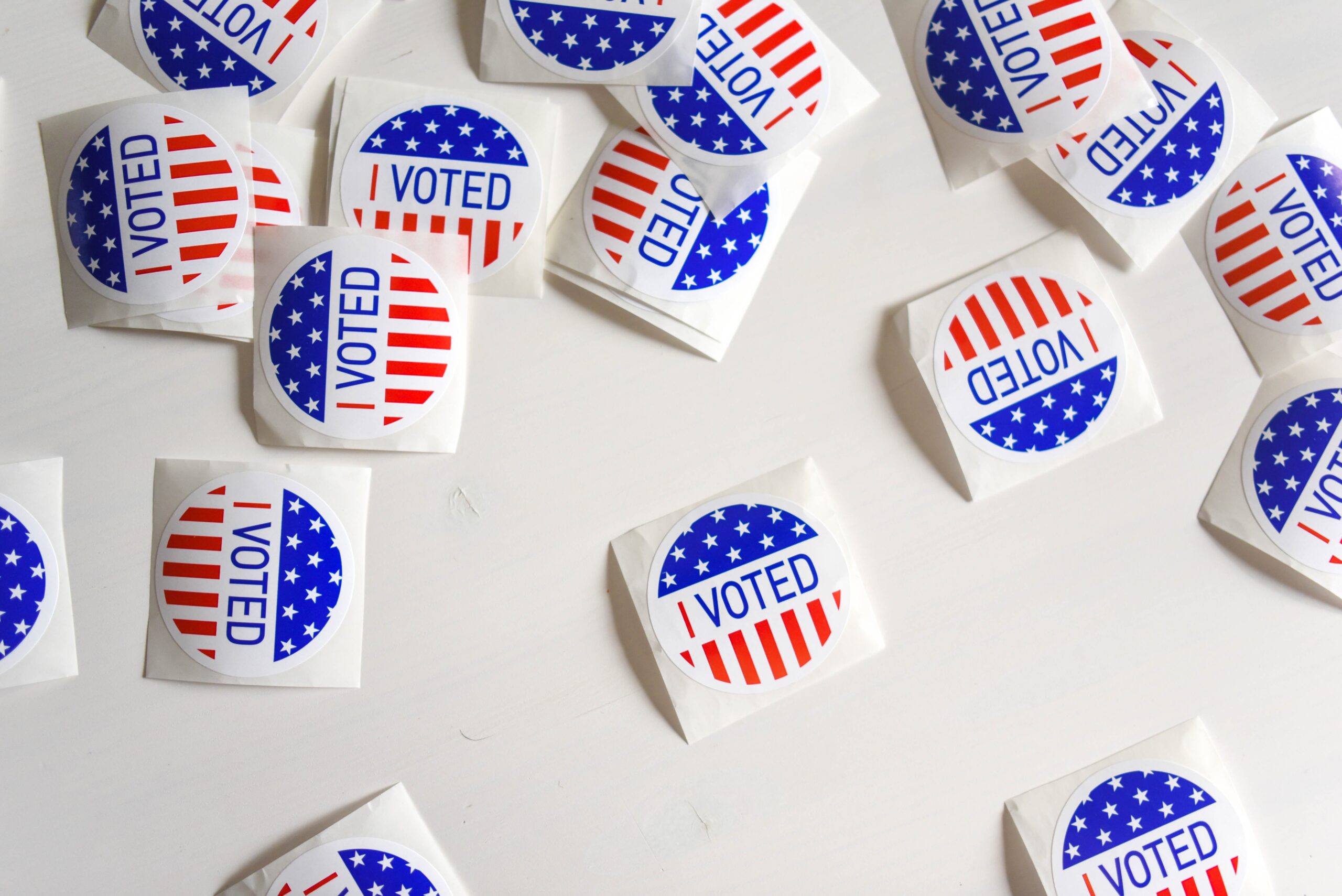Our first post on teaching around the election offered four potential responses to the elections—flexibility, acknowledgement, expression, and exploration—and in our second we took a deeper dive into facilitating student expression. With this final post, we’ll look at pedagogical techniques to help students explore the results of the elections by engaging in such activities as discipline-specific analysis and synthesis, evaluation of the strengths and weaknesses of various positions, and the regimenting and critiquing of arguments.
We already noted that not everyone will want to delve into this fourth approach—and it would likely be exhausting for students to perform an in-depth exploration in every class on their schedule. Nevertheless, the elections present a teachable moment. If you choose to facilitate a robust exploration of the elections, keep in mind the principles we discussed in the last post, and consider beginning with an expression activity in order to prime the students, assess where they are at, and practice respectful engagement.
If you design an exploration activity, also keep in mind the pedagogical goals of any such activity: engaging in discipline-specific analysis and contribution to public dialogue, using reason and critical thinking in the public sphere, practicing skills for civil and democratic engagement, combatting disinformation, and accruing the benefits to learning that come from negotiating complex ideas in a supportive space.
Pedagogical Techniques
Think of these as jumping off points and consider asynchronous and synchronous instantiations or combinations of both.
-
- Content synthesis: Assign students to make connections between what is happening with the elections and some element of the course (or alternatively: skills they’ve gained from a liberal arts education or their experiences at Georgetown, etc.). The more concrete the better. For example, rather than allowing them to spontaneously riff, make them cite a specific news article or event and connect it to a particular passage from a course text (or specific element of the core curriculum or a particular concrete experience they’ve had at Georgetown, etc.). Faculty can then lead students to raise further connections or emphasize or add detail to those already named.
- Guest Speakers: Well-structured guest lectures are implicitly focused on a specific area of speaker expertise, and allow for key moments of pre-, during-, and post-visit debrief.
- Oblique Discussion: Rather than trying to directly answer the questions of what is happening and what it all means, facilitate a more abstract discussion on things like:
- What are the role and limits of this classroom (or this university) for coping with or addressing moments of social upheaval?
- What should citizens of a democracy do when they feel that democracy is breaking down? What is the range of responsible behaviors?
- In the context of serious social disruption, what counts as best case scenarios?
- Address pressing but abstract questions such as:
- What’s the best way to engage with those whose feelings on the election seem polar opposite to our own?
- Is civil discourse always called for?
- Argument Mapping: The oblique discussions above lend themselves directly to a practice of collectively constructing and evaluating possible arguments. Rather than dividing the class to debate opposing arguments, engage the whole class in first articulating and then critiquing socially prominent or compelling arguments. E.g., in response to a discussion on whether civil discourse is always called for, first collectively articulate and note strengths and weaknesses of a “yes” argument and then do the same for a “no” or “it depends” argument. Aim for “mapping” the further work to be done to shore up a given argument rather than arriving at clear cut conclusions or solutions.
- 10 Minute Analyses: Consider dedicating the first ten minutes of class for the next few sessions to exploring what’s happening in the news. Share or assign students to share helpful articles or ideas for understanding the present stakes involved. Ten minutes is typically enough time to be intellectually efficacious and energizing but short enough to keep things from getting out of hand.
- Advisory Committees: Create small groups in class to simulate the work of “advisory committees” (e.g., for the university, the DC city council, concerned citizens, etc.) on different prominent questions related to election outcomes. Assign these committees to write a memo or brief or to create some other advisory artifact that can be shared with the rest of class. These committees can also be assigned to consider and respond to one other. This works particularly well as a follow up to mapping expression activities.
- Fishbowl Exercise: This is an exercise that allows a small contingent of students to discuss an issue while most students observe and take notes. You may then switch which students are in the “fishbowl,” to allow for the conversation to progress or as a means of diffusing tensions. There are numerous variations on this technique, as well as helpful advice on how to implement when facilitating difficult discussions.
Good pedagogy is hard work under any circumstances, and we currently face the challenge of helping students through a historically difficult election and the very real anxiety that many of them are experiencing. Good pedagogy also has the potential to help our students understand, cope with, and make meaning out of these difficult circumstances. With good pedagogy, we can even leverage these difficult circumstances to reinforce the knowledge, skills, and formation our classrooms are trying to develop. Seize this opportunity to invest serious reflection in whether and how to help students process the issues and anxiety surrounding the election. Offering maximum flexibility and the opportunity to collectively debrief in a space of reason is a means by which we can achieve our goal to teach the whole person.


